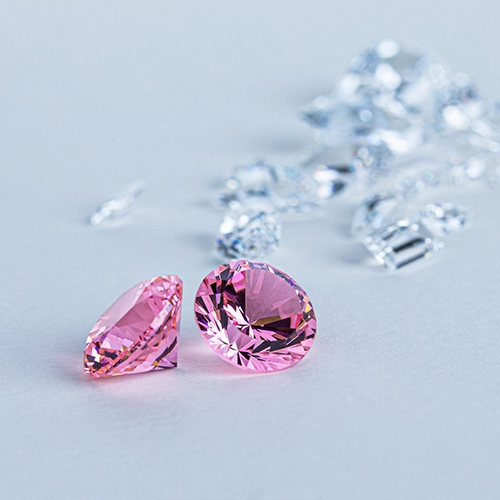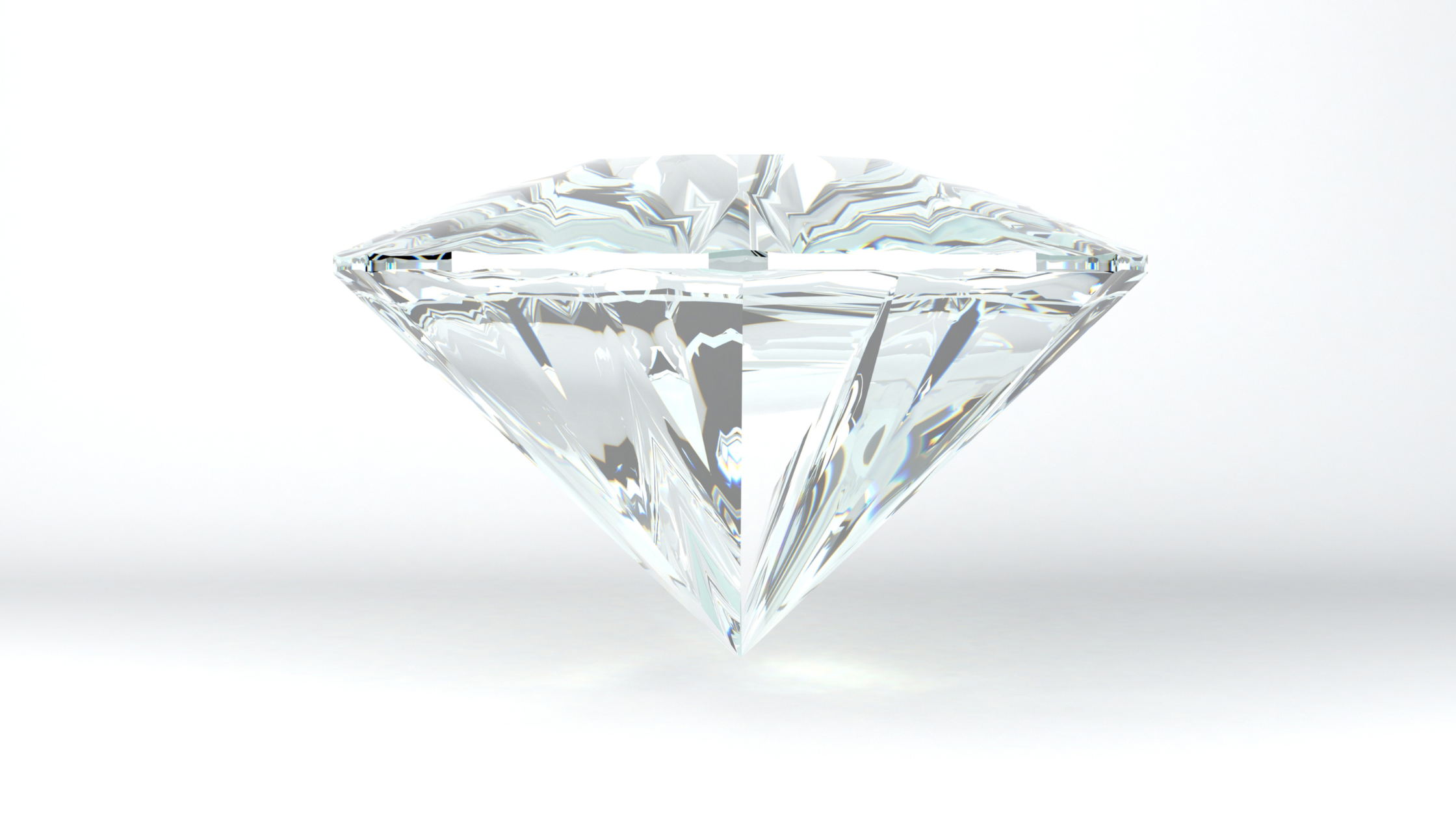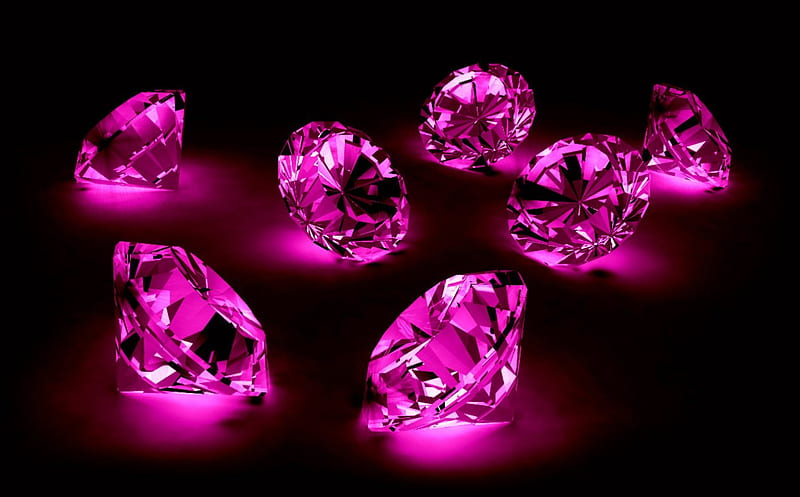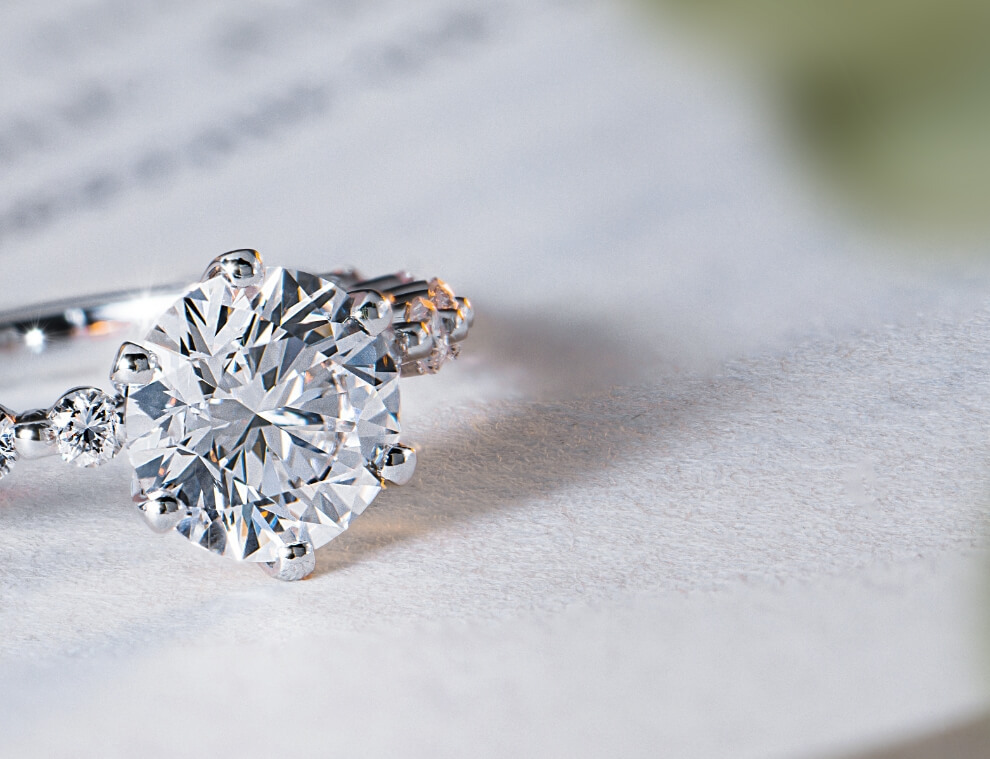18 Facts You Never Know About Electron Beam Lithography System
On April 2, 2021 by Anne WilliamsElectron-beam lithography (abbreviated as e-beam lithography, EBL) is defined as the process of scanning a focused beam of electrons to display custom shapes on a surface having a covering of an electron-sensitive film called a resist.
EBL is known for its special technique for the creation of extremely small fine patterns (can’t be seen from the naked eye) applied usually in modern electronics applications for integrated circuits. This Electron Beam Lithography System is more suited to create exclusively the high-resolute patterns, or some unique patterns for which the other process such as the creation of photomask is very much time consuming.
The Electron Lithography System works on a principle that is somewhat related to photolithography. When the focused beam of electrons scanned over a surface called resist. It changes its solubility properties in accordance with the energy deposited with the electronic beam.
There was use of electron lithography prior to the electron beam lithography. The very first electron beam lithography, machines based on scanning of electrons on a surface, was developed in the 1960s.
Listed down some of the interesting facts about electron beam lithography.
- Electron Beam Lithography systems are capable of high resolution custom patterns on a surface called resist.
- This technique seems flexible towards a variety of materials and an infinite number of patterns.
- This is somewhat a slow technique being one or more orders of magnitude slower than optical lithography.
- This technique is on a costlier side and is considered expensive. Since providing highly resolute custom patterns, all which requires tools that can cost many millions of dollars and requires frequent services to stay properly maintained.
- Electron beam lithography can manufacture tiny nanostructures with high reliability and accuracy, without the need for a photomask, and at a resolution of less than 10 nm.
- More suited to create unique and highly resolute patterns for which photomask is too time consuming or wasteful.
- Electron source use in this Electron Beam Lithography System is Hot W/ZrO2 used for the electron emission, or for the magnetic lenses to focus the beam. Resist layer is configured and creates the complex trough shapes such as T-shape or stepped.
- To adjust the solubility of resist over greater or lesser volume, multiple layers of different sensitivity are induced via electronic beams. Scattering, diffusion or secondary electronic production
- A finely focused (sub-micrometer diameter) electron beam is used for writing patterns in thin films of electron sensitive material.
- This system can generate very complex patterns with great accuracy, highly resolute integrated circuits techniques are used for generating the masks that are projected optically on a silicon sheet coated with the photosensitive resists.
- In the process of electron beam lithography, materials are exposed to the intense beam of electrons but these electrons in the process are grounded safely in order to avoid any charging effects. Grounding is done by adding a thin layer, aluminum or gold between the resist and the substrate or on the top of the resist.
- Now operating an EBL machine is easy as it is not required to understand the underlying math and physics behind the technique. Due to the advancement of computer systems, it allows easy and accurate design of optical components and columns.
- STS-Elionix, partnership that is delivering the state of the art nanotechnology products by linking the electron beam lithography system with the computer system and is meeting the customer demands for finer lines and writing speeds.
- STS-Elionix invented the world’s first 150Kv EBL system for research as well as the world’s first 400MHz beam deflection system with the help of EBL tools.
- Electron-beam lithography systems when used in commercial applications use e-beam writing systems that are very expensive (> US$1M).
- For research applications, it gets converted into an electron microscope to an electron beam lithography system using relatively low cost (< US$100K). Such converted systems have produced linewidths of ~20 nm during 1990, while current dedicated systems have produced linewidths on the order of 10 nm or smaller.
- Both electrostatic and magnetic lenses are used in the Electron Beam Lithography system.
- Given the high resolution of electron-beam lithography, there are generations of defects during electron-beam lithography that are often not considered by users. Defects that occur are classified into two categories: data-related defects, and physical defects.
Some other alternative in electron-beam lithography is practiced by using extremely high electron energies (at least 100 keV) to essentially in order to “drill” or sputter the material. This phenomenon is practiced frequently in transmission electron microscopy. However, this is considered a very inefficient process because of the inefficient transfer of momentum from the electron beam to the material. Resulting in a slow process, requiring much longer exposure times than conventional electron beam lithography. It was also noticed that the high energy beams always bring the substrate damage.
The introduction of Interference Lithography using the electron beams is another alternative path for patterning arrays with nanometer-scale periods. The advantage of using electrons over photons in interferometry is the shorter wavelength for the same energy.
Despite certain alternatives electron beam lithography at different energies, it remains the most practical way to concentrate the most energy into the smallest area.
In order to increase the development of multiple electron beam approaches towards lithography many companies are showing their interest towards it. SEMTECH, Multibeam Corporation, Mapper, IMS Nanofabrication.
About Annie
Latest Posts
 Lab Diamonds Cut Grading: A Comprehensive Guide
Lab Diamonds Cut Grading: A Comprehensive Guide Laboratory Diamonds: A Modern and Sustainable Choice for Fine Jewelry
Laboratory Diamonds: A Modern and Sustainable Choice for Fine Jewelry Diamonds: A Revolution in the Jewelry Industry
Diamonds: A Revolution in the Jewelry Industry Lab Diamonds on a Budget: How to Get the Best Value Without Compromising Quality
Lab Diamonds on a Budget: How to Get the Best Value Without Compromising Quality Novita Diamonds: The Story Behind a Revolution in Fine Jewelry
Novita Diamonds: The Story Behind a Revolution in Fine Jewelry Why Lab Diamond Engagement Rings Are the Future of Modern Weddings
Why Lab Diamond Engagement Rings Are the Future of Modern Weddings The Beauty and Value of Pink Lab Diamonds: A Modern Marvel
The Beauty and Value of Pink Lab Diamonds: A Modern MarvelThe Rise of Novita Diamonds: A Women-Led Revolution in the Jewelry Industry
 Lab Grown Diamond Stud Earrings: The Modern Choice for Sustainable Luxury
Lab Grown Diamond Stud Earrings: The Modern Choice for Sustainable LuxuryThe Beauty and Rarity of Pink Lab Diamonds
 Blood Diamonds: Understanding Their Impact and Ethical Implications
Blood Diamonds: Understanding Their Impact and Ethical Implications Shine Bright With Your Diamonds
Shine Bright With Your Diamonds Contact Novita Lab Diamonds: Your Guide to High-Quality Lab-Grown Diamonds
Contact Novita Lab Diamonds: Your Guide to High-Quality Lab-Grown Diamonds The Guide to Buy and Sell Bitcoin in Australia
The Guide to Buy and Sell Bitcoin in Australia Diamantschliff: The Art and Science Behind Brilliant Cuts
Diamantschliff: The Art and Science Behind Brilliant Cuts
Recent Posts
 Lab Diamonds Cut Grading: A Comprehensive Guide
Lab Diamonds Cut Grading: A Comprehensive Guide Laboratory Diamonds: A Modern and Sustainable Choice for Fine Jewelry
Laboratory Diamonds: A Modern and Sustainable Choice for Fine Jewelry Diamonds: A Revolution in the Jewelry Industry
Diamonds: A Revolution in the Jewelry Industry Lab Diamonds on a Budget: How to Get the Best Value Without Compromising Quality
Lab Diamonds on a Budget: How to Get the Best Value Without Compromising Quality Novita Diamonds: The Story Behind a Revolution in Fine Jewelry
Novita Diamonds: The Story Behind a Revolution in Fine Jewelry Why Lab Diamond Engagement Rings Are the Future of Modern Weddings
Why Lab Diamond Engagement Rings Are the Future of Modern Weddings The Beauty and Value of Pink Lab Diamonds: A Modern Marvel
The Beauty and Value of Pink Lab Diamonds: A Modern MarvelThe Rise of Novita Diamonds: A Women-Led Revolution in the Jewelry Industry
 Lab Grown Diamond Stud Earrings: The Modern Choice for Sustainable Luxury
Lab Grown Diamond Stud Earrings: The Modern Choice for Sustainable LuxuryThe Beauty and Rarity of Pink Lab Diamonds
 Blood Diamonds: Understanding Their Impact and Ethical Implications
Blood Diamonds: Understanding Their Impact and Ethical Implications Shine Bright With Your Diamonds
Shine Bright With Your Diamonds Contact Novita Lab Diamonds: Your Guide to High-Quality Lab-Grown Diamonds
Contact Novita Lab Diamonds: Your Guide to High-Quality Lab-Grown Diamonds The Guide to Buy and Sell Bitcoin in Australia
The Guide to Buy and Sell Bitcoin in Australia Diamantschliff: The Art and Science Behind Brilliant Cuts
Diamantschliff: The Art and Science Behind Brilliant Cuts
More To View
 Lab Diamonds Cut Grading: A Comprehensive Guide
Lab Diamonds Cut Grading: A Comprehensive Guide Laboratory Diamonds: A Modern and Sustainable Choice for Fine Jewelry
Laboratory Diamonds: A Modern and Sustainable Choice for Fine Jewelry Diamonds: A Revolution in the Jewelry Industry
Diamonds: A Revolution in the Jewelry Industry Lab Diamonds on a Budget: How to Get the Best Value Without Compromising Quality
Lab Diamonds on a Budget: How to Get the Best Value Without Compromising Quality Novita Diamonds: The Story Behind a Revolution in Fine Jewelry
Novita Diamonds: The Story Behind a Revolution in Fine Jewelry Why Lab Diamond Engagement Rings Are the Future of Modern Weddings
Why Lab Diamond Engagement Rings Are the Future of Modern Weddings The Beauty and Value of Pink Lab Diamonds: A Modern Marvel
The Beauty and Value of Pink Lab Diamonds: A Modern MarvelThe Rise of Novita Diamonds: A Women-Led Revolution in the Jewelry Industry
 Lab Grown Diamond Stud Earrings: The Modern Choice for Sustainable Luxury
Lab Grown Diamond Stud Earrings: The Modern Choice for Sustainable LuxuryThe Beauty and Rarity of Pink Lab Diamonds
 Blood Diamonds: Understanding Their Impact and Ethical Implications
Blood Diamonds: Understanding Their Impact and Ethical Implications Shine Bright With Your Diamonds
Shine Bright With Your Diamonds Contact Novita Lab Diamonds: Your Guide to High-Quality Lab-Grown Diamonds
Contact Novita Lab Diamonds: Your Guide to High-Quality Lab-Grown Diamonds The Guide to Buy and Sell Bitcoin in Australia
The Guide to Buy and Sell Bitcoin in Australia Diamantschliff: The Art and Science Behind Brilliant Cuts
Diamantschliff: The Art and Science Behind Brilliant Cuts
Popular Posts
 Lab Diamonds Cut Grading: A Comprehensive Guide
Lab Diamonds Cut Grading: A Comprehensive Guide Laboratory Diamonds: A Modern and Sustainable Choice for Fine Jewelry
Laboratory Diamonds: A Modern and Sustainable Choice for Fine Jewelry Diamonds: A Revolution in the Jewelry Industry
Diamonds: A Revolution in the Jewelry Industry Lab Diamonds on a Budget: How to Get the Best Value Without Compromising Quality
Lab Diamonds on a Budget: How to Get the Best Value Without Compromising Quality Novita Diamonds: The Story Behind a Revolution in Fine Jewelry
Novita Diamonds: The Story Behind a Revolution in Fine Jewelry Why Lab Diamond Engagement Rings Are the Future of Modern Weddings
Why Lab Diamond Engagement Rings Are the Future of Modern Weddings The Beauty and Value of Pink Lab Diamonds: A Modern Marvel
The Beauty and Value of Pink Lab Diamonds: A Modern MarvelThe Rise of Novita Diamonds: A Women-Led Revolution in the Jewelry Industry
 Lab Grown Diamond Stud Earrings: The Modern Choice for Sustainable Luxury
Lab Grown Diamond Stud Earrings: The Modern Choice for Sustainable LuxuryThe Beauty and Rarity of Pink Lab Diamonds

